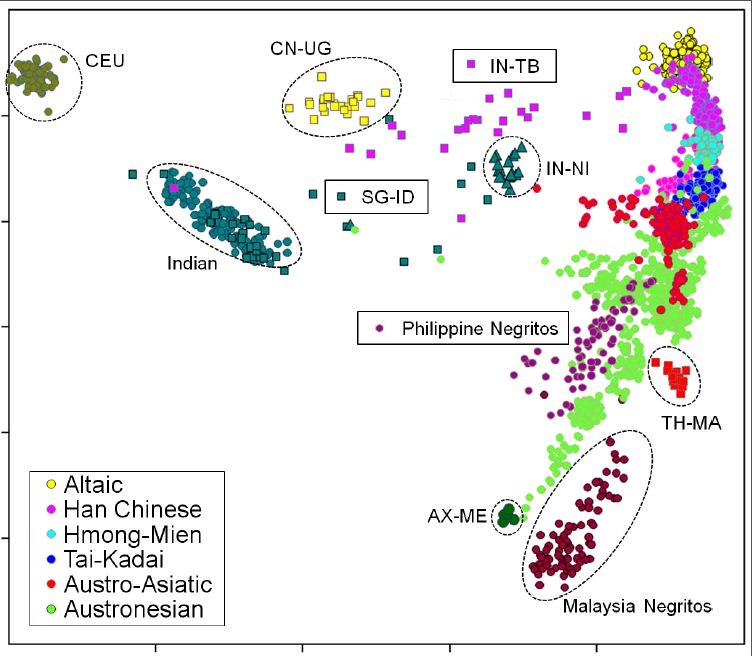Exploring the Genetic Connections Between Type 2 Diabetes and Brain Structure

Type 2 diabetes mellitus (T2DM) remains a prevalent metabolic disorder, impacting millions globally. Recent research has revealed significant implications of T2DM not only on metabolic health but also on the structure of the brain. This complex interplay between a metabolic condition and central nervous system alterations raises critical questions about the underlying genetic factors involved.
Epidemiological studies have consistently shown that individuals with T2DM face a heightened risk of cognitive decline and dementia, correlating with observable degenerative changes in brain structure. Specifically, neuroimaging evidence points to marked reductions in volume and structural abnormalities within crucial subcortical regions of the brain, such as the hippocampus and amygdala, which are integral to cognitive functions, emotional regulation, and motor control. These findings underscore the necessity of understanding T2DM as a condition that extends beyond glucose dysregulation, significantly affecting neurological health.
According to Dr. Qian Zhao, a researcher affiliated with the Department of Genetics at Stanford University and lead author of a study published in 2025 in the journal *Research*, comprehensive investigations into the shared genetic architecture between T2DM and brain structural abnormalities are crucial. The study employs advanced MiXeR analysis to explore the polygenic nature of T2DM, identifying 229 genetic loci associated with the condition and 220 loci linked to subcortical brain structures. Notably, the research highlights 129 shared loci, including the rs429358 variant located in the APOE gene, which shows a strong association with both T2DM and bilateral accumbens volume.
The genetic overlap between T2DM and brain structure is not merely an academic curiosity; it has profound implications for clinical practice. Dr. Sarah Johnson, Professor of Neuroscience at Harvard University, emphasizes that identifying shared genetic markers can facilitate risk prediction and early intervention strategies. "Understanding the genetic interplay between T2DM and brain health could lead to more targeted approaches in treating both diabetes and its neurological consequences," she states.
Moreover, the study indicates that the genes shared between T2DM and subcortical brain regions are highly expressed during fetal development, suggesting that early-life interventions could play a vital role in mitigating the risks of cognitive decline later in life. This perspective aligns with findings from the World Health Organization, which advocates for a comprehensive approach to managing chronic diseases by considering their multifaceted impacts on human health.
As researchers continue to unravel the genetic mechanisms behind T2DM and its neurological effects, the implications for public health are significant. The integration of genetic insights into clinical practices could revolutionize how healthcare providers approach the prevention and management of T2DM-related cognitive decline. Future studies are necessary to clarify the molecular pathways involved, potentially leading to groundbreaking interventions that address both metabolic and neurological health simultaneously.
In conclusion, the interrelationship between type 2 diabetes and brain structure reflects a broader paradigm shift in how chronic diseases are understood and managed. By focusing on the genetic underpinnings of this relationship, researchers are paving the way for innovative strategies aimed at improving health outcomes for millions affected by T2DM globally. The findings not only deepen our understanding of metabolic diseases but also emphasize the importance of interdisciplinary research in unraveling complex health issues.
Advertisement
Tags
Advertisement





